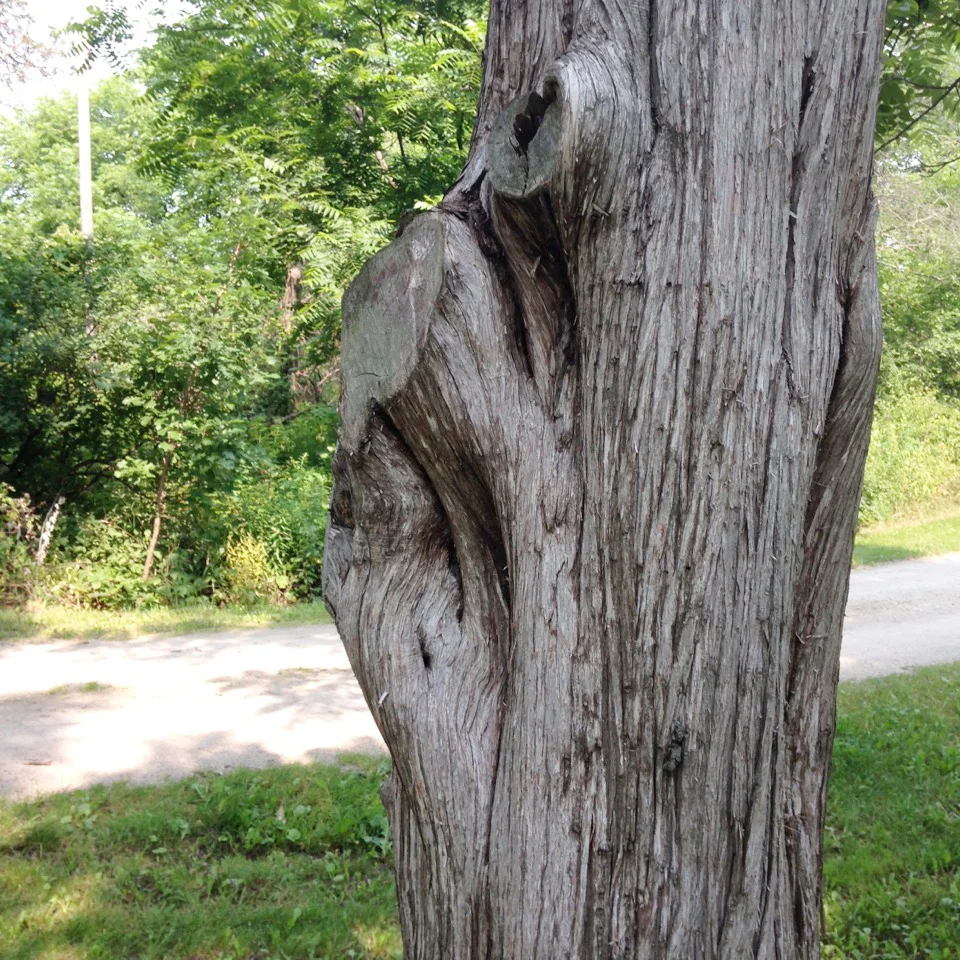Interview With a Tree About Bark
/Backyard Wisdom
by: Gilbert A Smith, ISA Board Certified Master Arborist
I’m speaking with a 60 year old Black Locust, Robinia pseudoacacia, who grows in the village parkway in Wilmette, Illinois.
Gil: Mr Black Locust I couldn’t help but notice the beautiful flutes and ridges in your bark. I had to stop and talk. Why is your bark so different from other trees, like the smooth bark of a Beech for instance or the white bark of a Birch?
Mr. Black Locust: Well let me first clear up one misconception you have concerning me.
Read More





















